Production Tutorials
Real techniques from active UKG producers. Learn at your own pace with structured lessons, downloadable project files, and direct insights from artists who live and breathe the genre.
Start Here
New to UKG production? This lesson covers the foundational groove that defines the genre. Master the shuffle first - the exact hi-hat patterns, ghost notes, and swing percentages - and everything else will fall into place.
Essential foundations for UK garage production
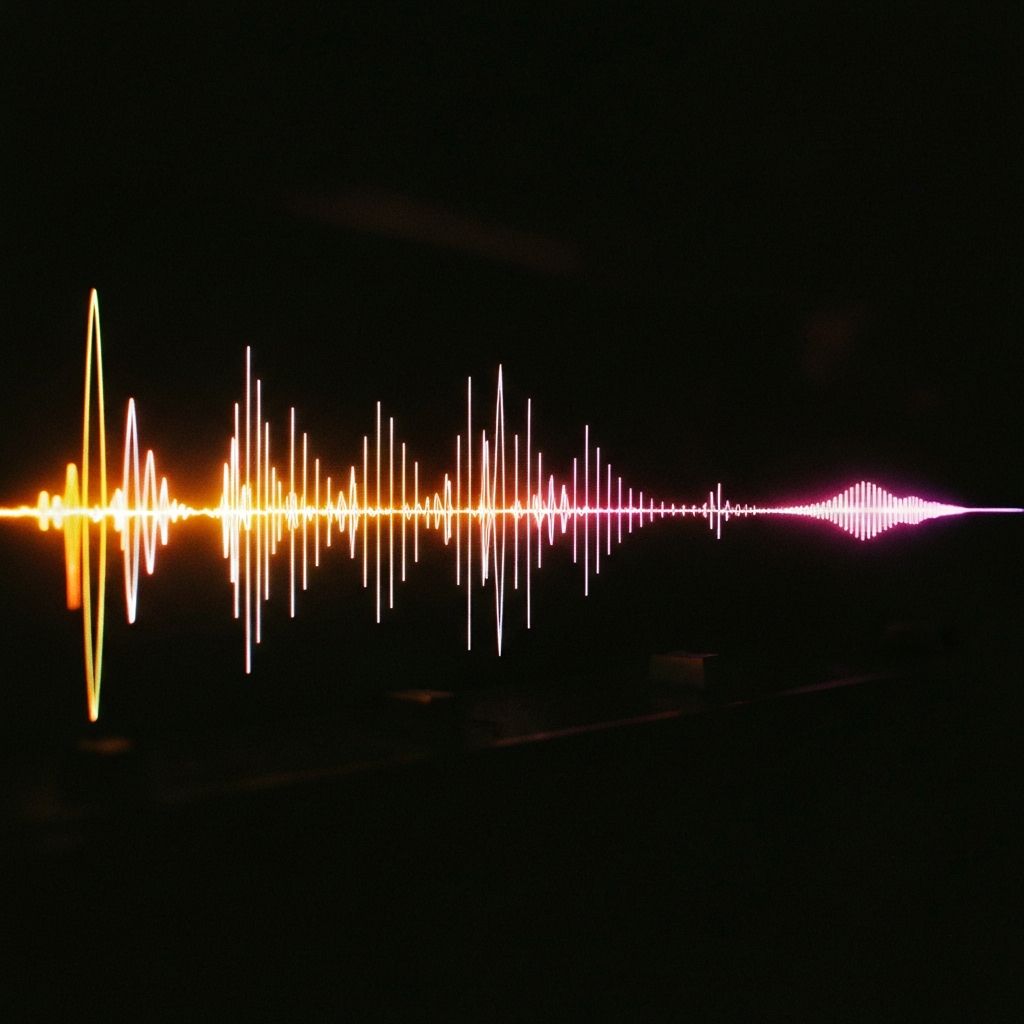
Explore the history and sonic characteristics that define UK garage. Learn to identify the key elements that separate UKG from other electronic genres.
You'll learn:
The origins and evolution of UK garage from US garage house
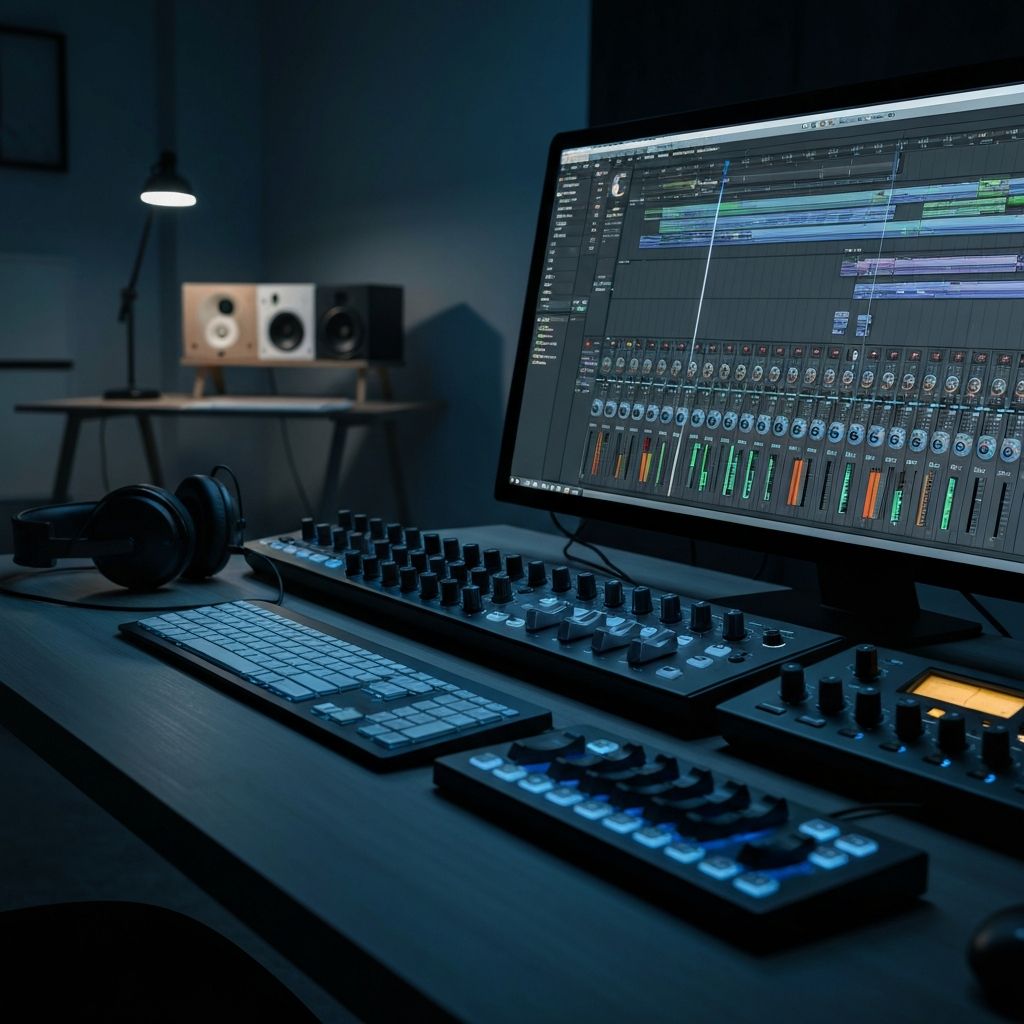
A no-nonsense guide to what you actually need to start producing UKG. We cover DAWs, plugins, and gear - from budget setups to professional rigs.
You'll learn:
Best DAWs for UK garage production (Ableton, FL Studio, Logic)
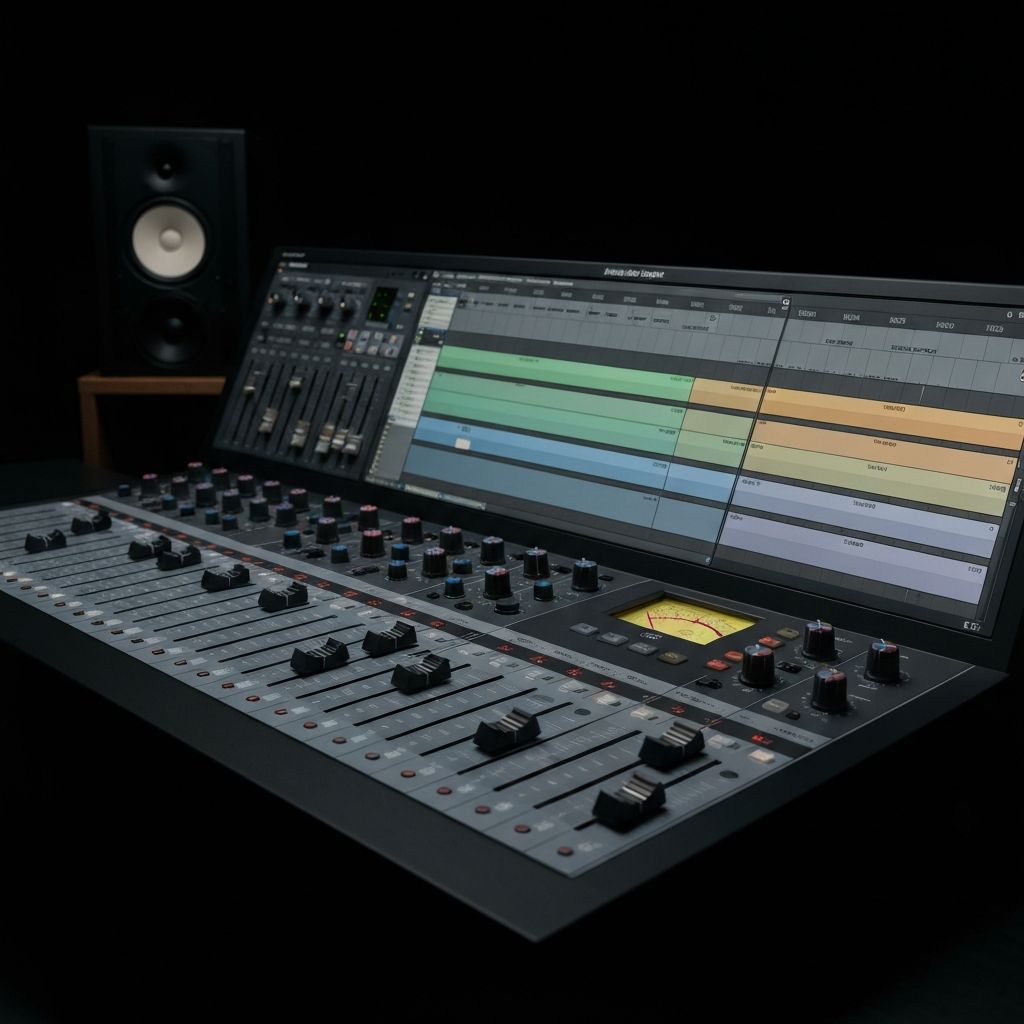
Configure your DAW for optimal UKG production. We'll set up a template with the right BPM, swing settings, and channel routing.
You'll learn:
Optimal BPM range for UK garage (130-140)

You don't need to read sheet music, but understanding chord progressions, scales, and rhythm will transform your production.
You'll learn:
Major and minor scales used in garage
Master the signature UK garage shuffle
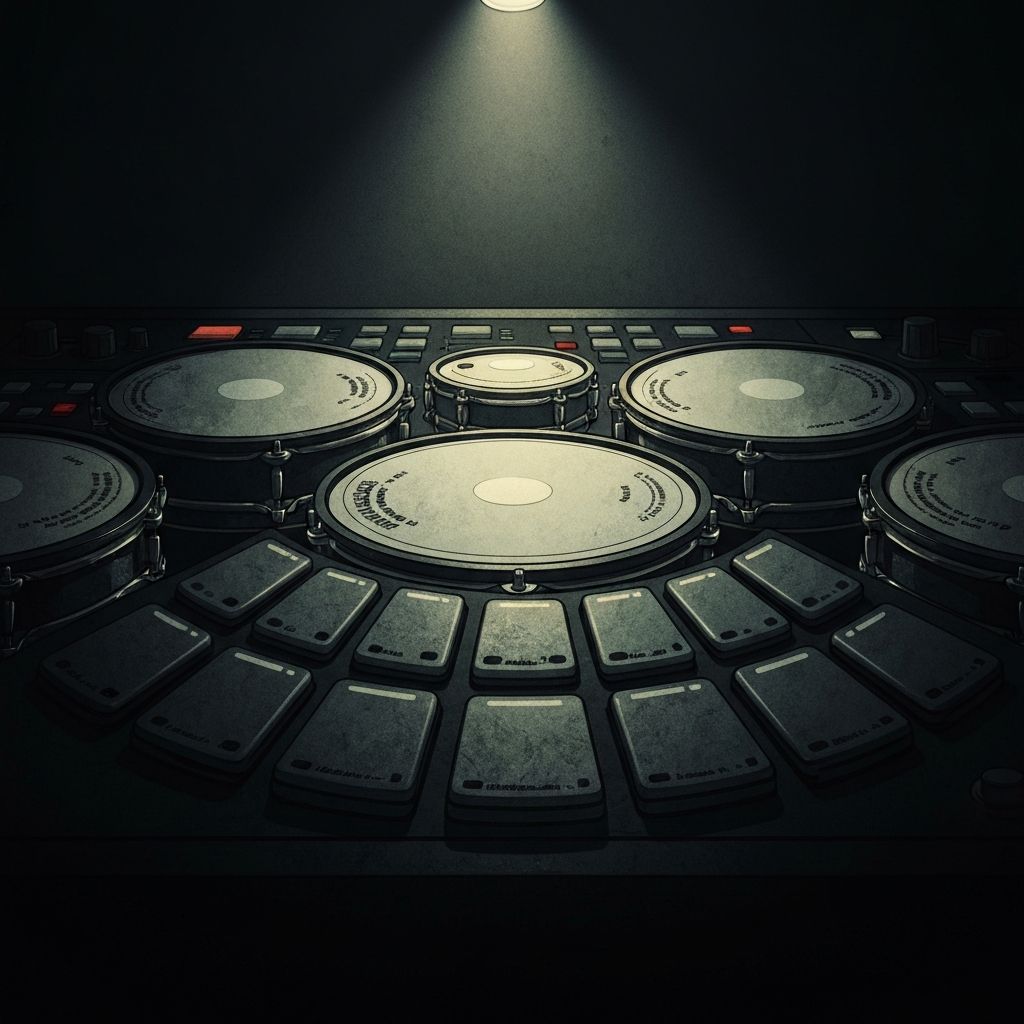
THE foundational lesson. The shuffle is what makes UKG bounce. Learn the exact hi-hat patterns, ghost notes, and swing percentages.
You'll learn:
The exact swing percentages (54-58%) that define UKG
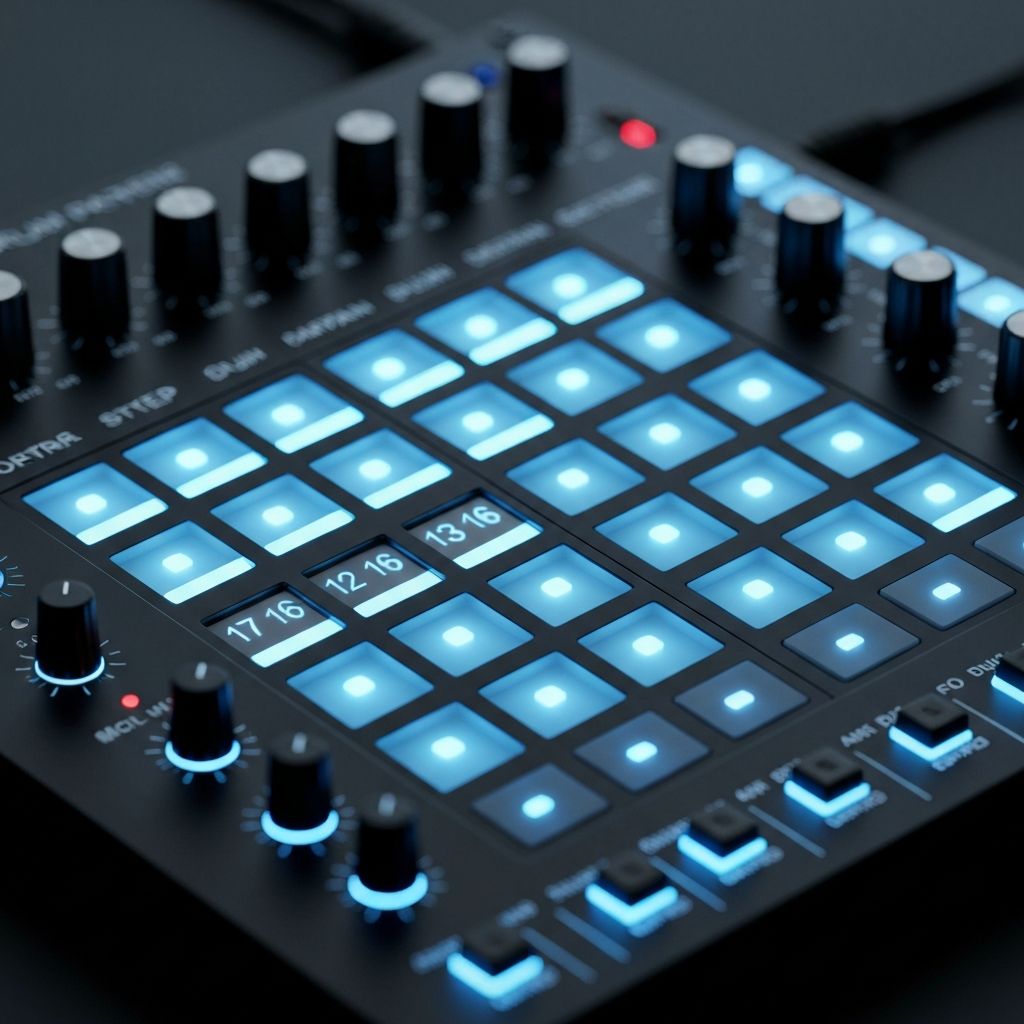
The 2-step pattern is the heartbeat of UK garage. This lesson breaks down kick, snare, and hi-hat placement beat by beat.
You'll learn:
Breaking the 4-on-the-floor rule
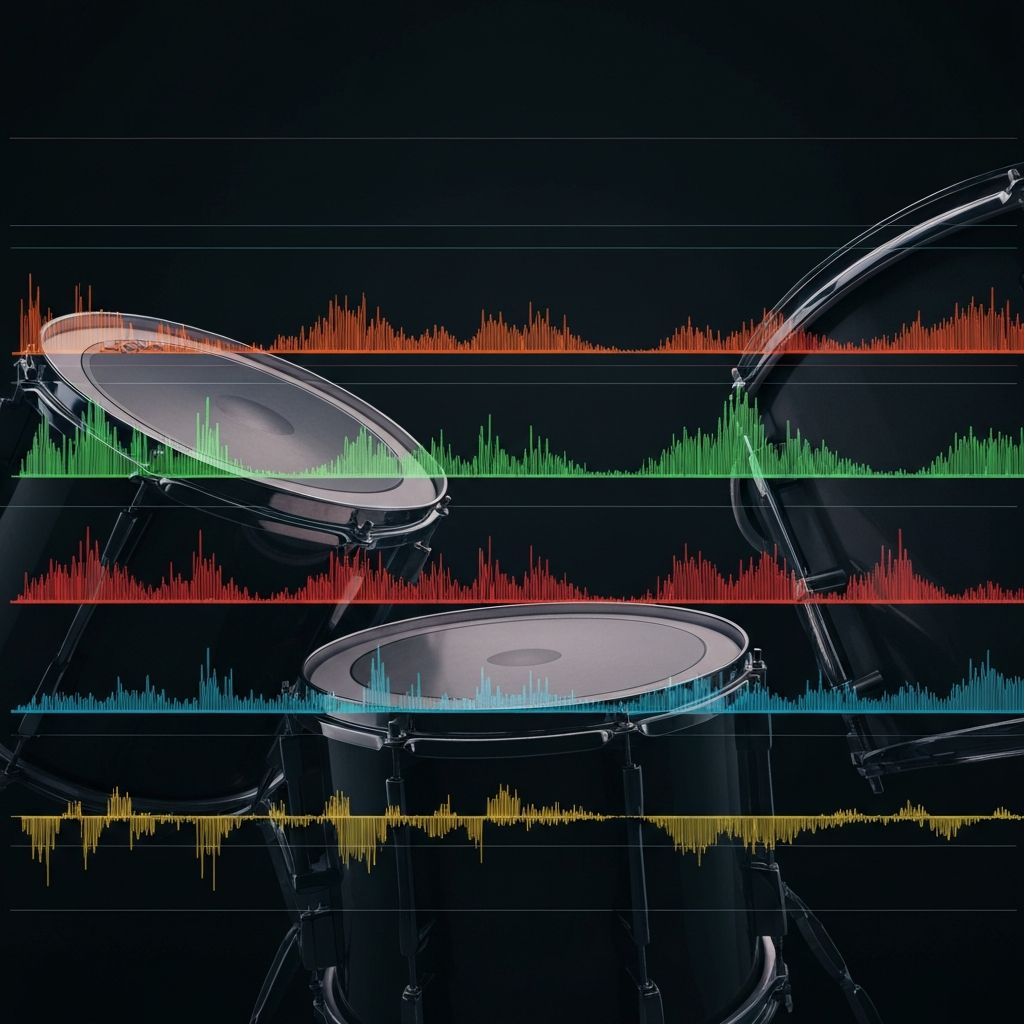
Pro drums come from layering. Learn to combine sub-kicks with top kicks, layer snares for punch and body.
You'll learn:
Sub + punch + click layering technique

Hi-hats are where the magic happens in UKG. This lesson covers open/closed hat interplay, shaker patterns, and subtle percussion layers.
You'll learn:
Open vs closed hi-hat interplay
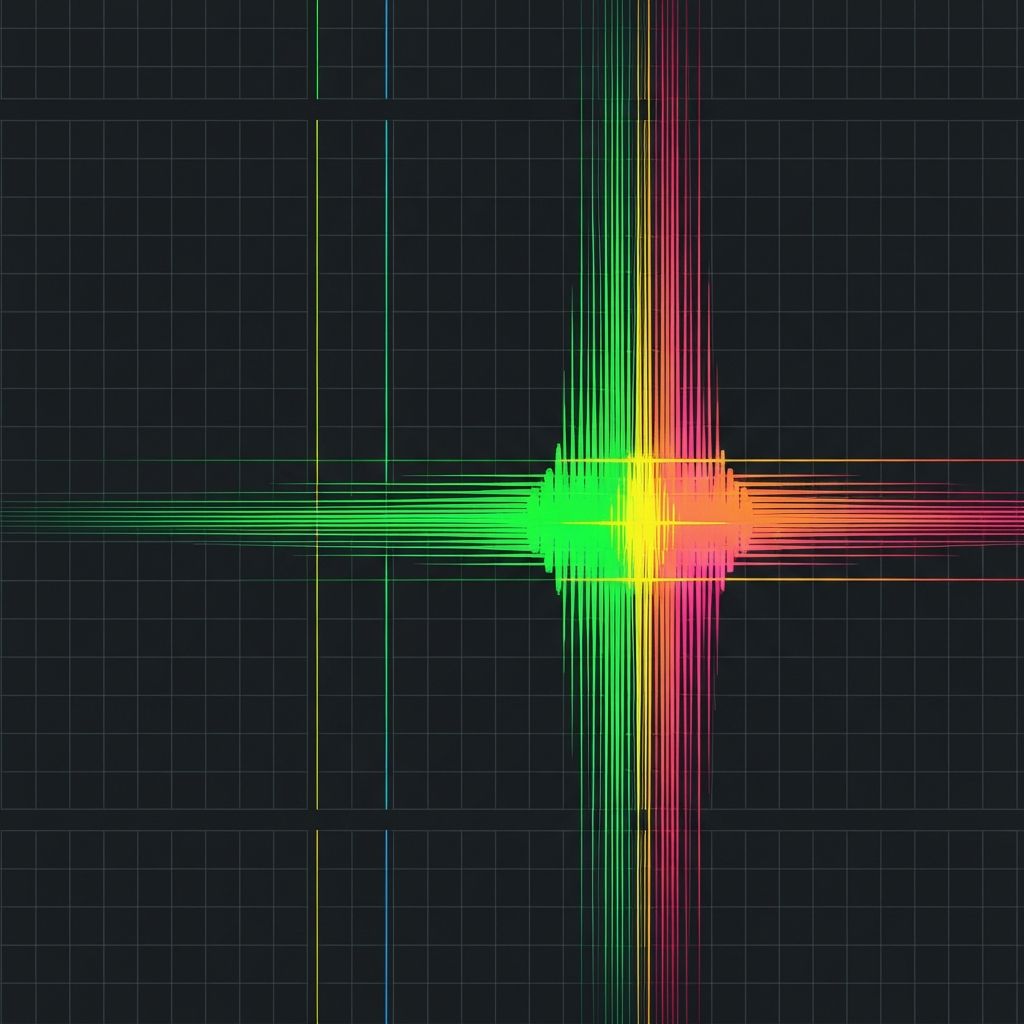
The difference between stiff and groovy is in the swing. Learn how to dial in the perfect swing percentage and when to break the grid.
You'll learn:
MPC swing vs DAW swing comparison
Design deep, rolling basslines that move the floor
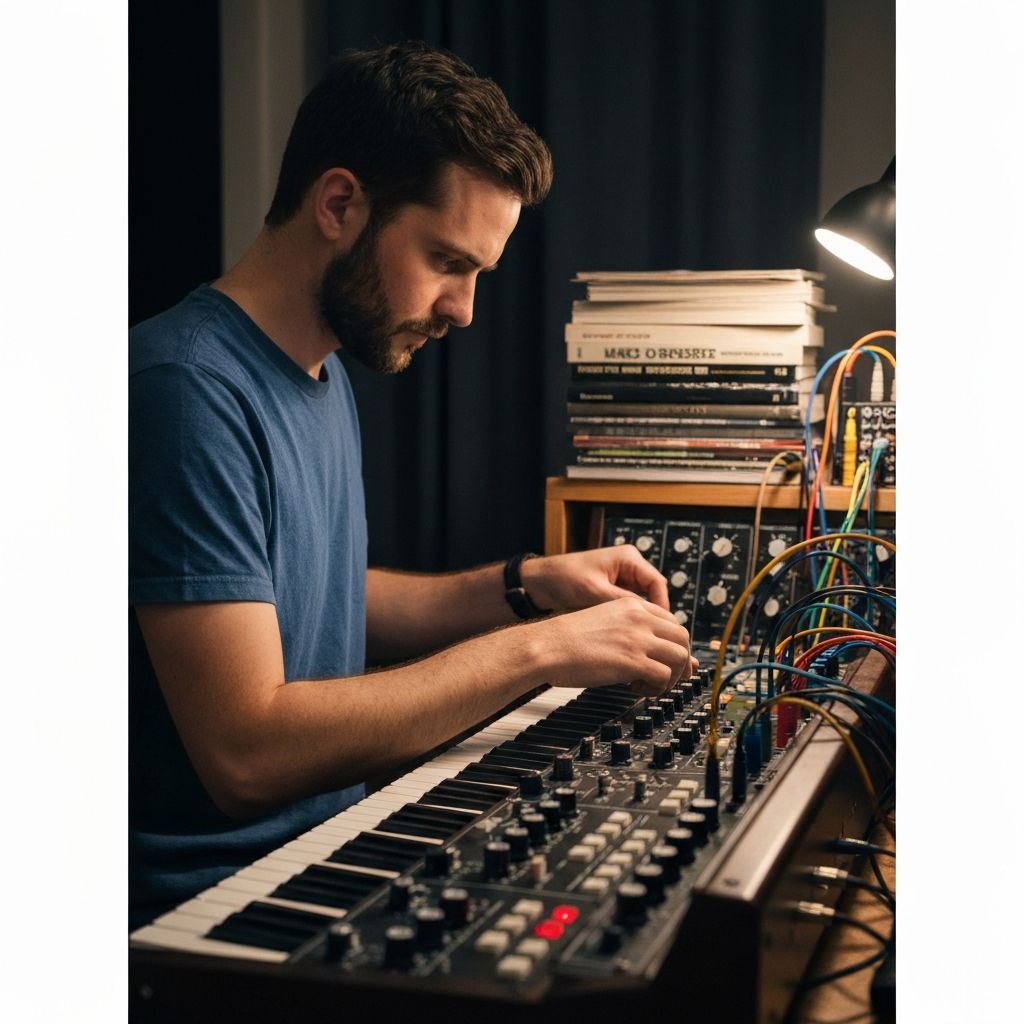
The bassline is the soul of UKG. Learn to design warm, rolling bass patches from scratch using subtractive synthesis.
You'll learn:
Oscillator selection: saw, square, triangle

Kick and bass fighting for space? This lesson covers sidechain compression, frequency carving, and arrangement techniques.
You'll learn:
Sidechain compression techniques

Sub-bass is felt, not heard. Learn to layer sub frequencies under your main bass, control phase issues, and ensure translation.
You'll learn:
Pure sine vs shaped sub bass

The Reese bass is a jungle/garage staple. Learn to create that classic detuned, phasing bass sound.
You'll learn:
Creating the classic detuned Reese
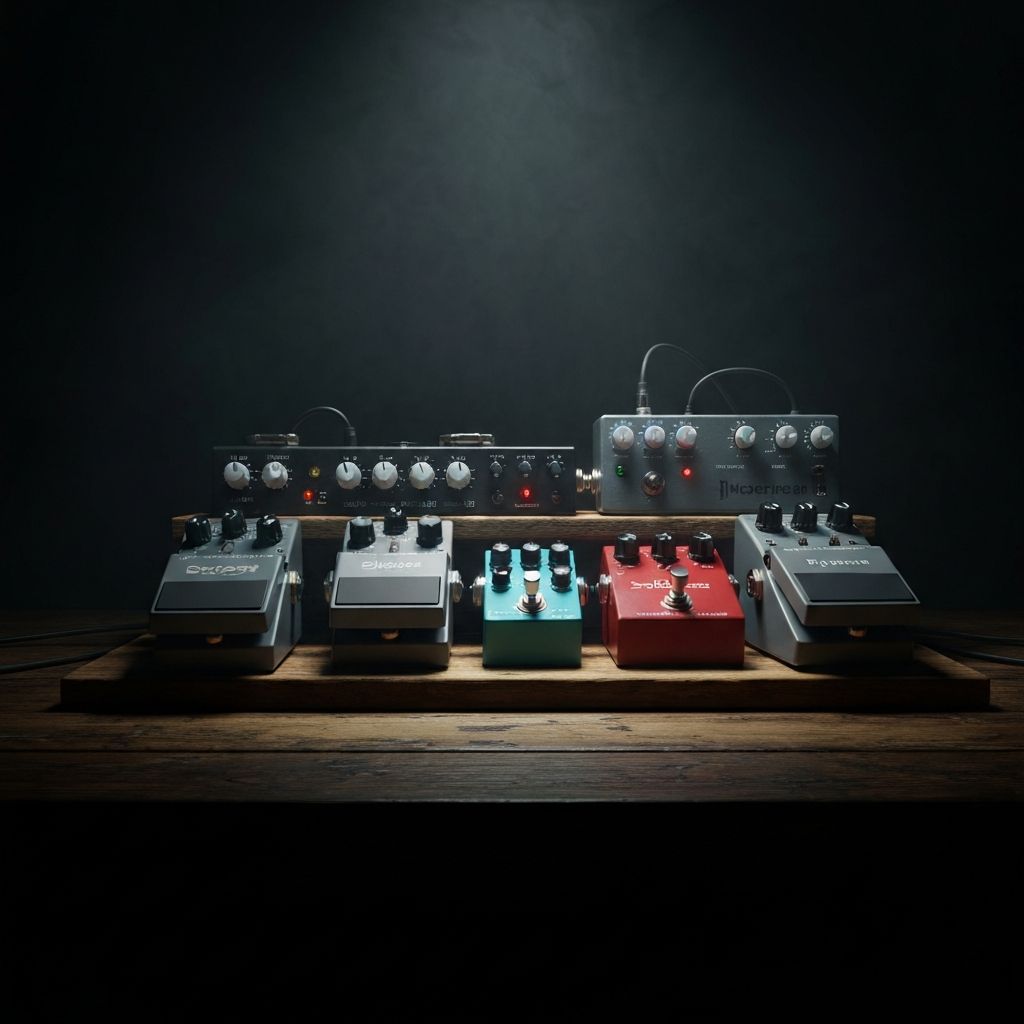
Take your bass from good to great with distortion, chorus, compression, and creative effects.
You'll learn:
Saturation and distortion types
Create emotional hooks and soulful progressions
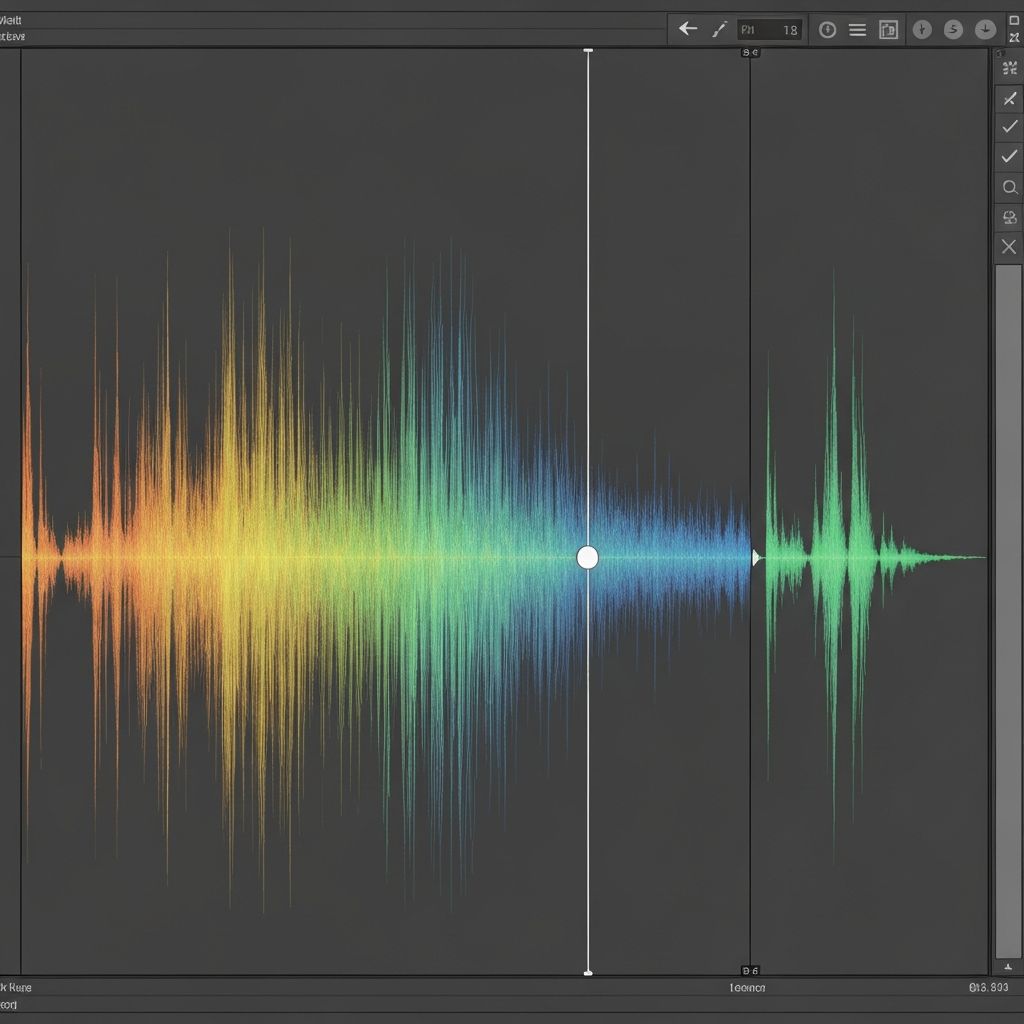
Vocals are central to UKG. Learn to find, chop, pitch, and process vocal samples legally and creatively.
You'll learn:
Finding royalty-free vocal sources
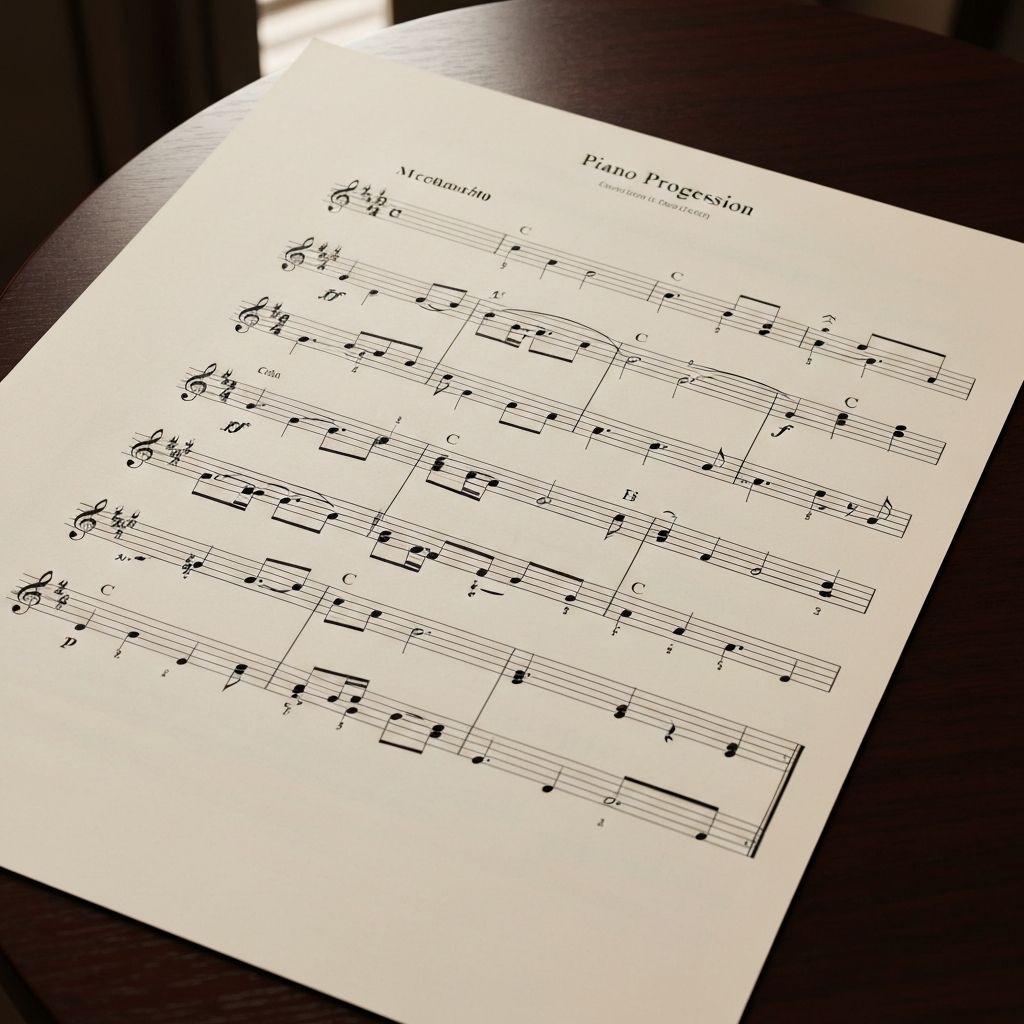
Certain chord progressions just work in garage. Learn the classic progressions and jazzy extensions.
You'll learn:
Classic UKG progressions (7ths and 9ths)

Design cutting lead sounds that sit on top of your mix without being overbearing.
You'll learn:
Oscillator stacking for thickness

Pads provide the emotional backdrop for your track. Learn to design lush, evolving pads using wavetables, filters, and effects.
You'll learn:
Wavetable selection for evolving textures

Sampling is an art form. Learn to dig for records, chop loops, and create something new while staying legal.
You'll learn:
Digging for samples: vinyl, streaming, royalty-free
Build tracks that work on the dancefloor
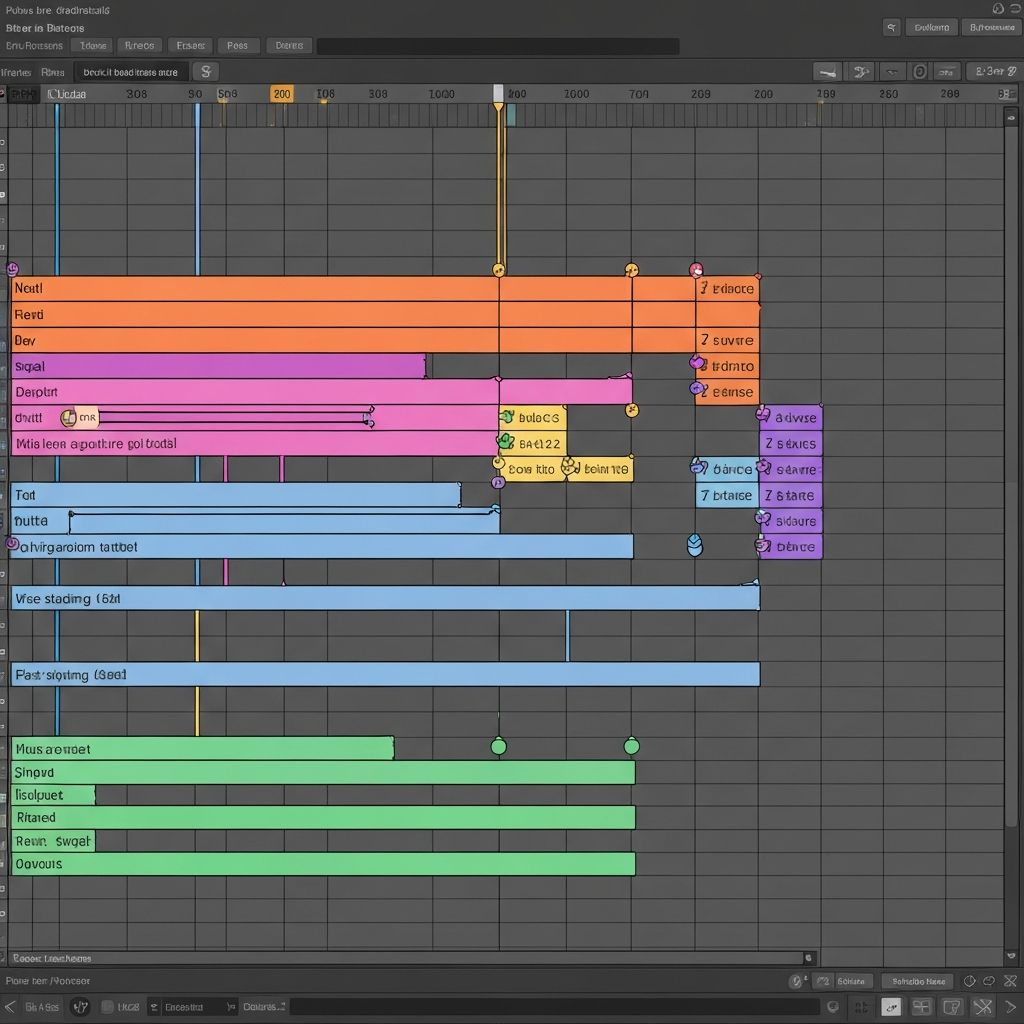
Learn the typical UKG arrangement: intro, verse, breakdown, drop. Understand why certain structures work on dancefloors.
You'll learn:
Standard 8-bar phrase structures
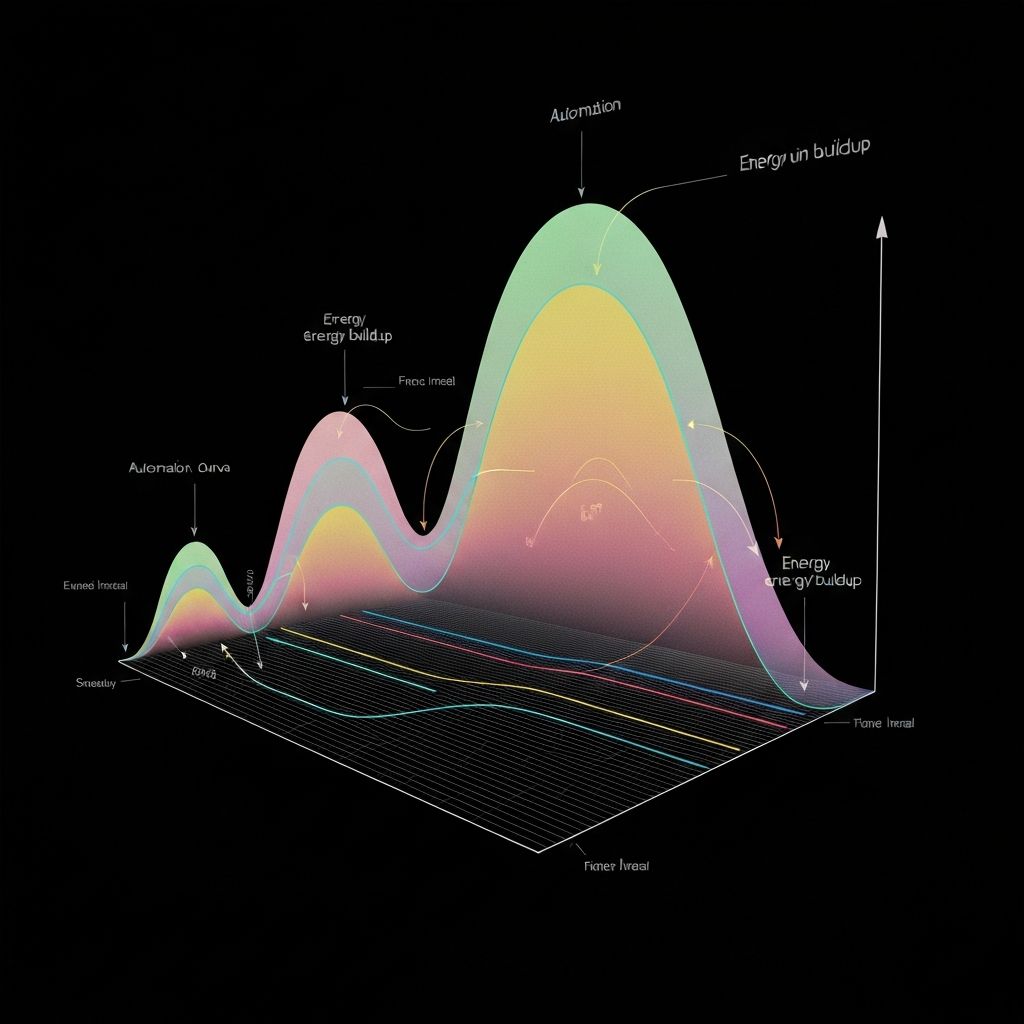
Great tracks build and release tension. Learn to use automation, filter sweeps, risers, and arrangement tricks.
You'll learn:
Filter automation for builds

The breakdown-to-drop moment is everything. Learn to craft emotional breakdowns and impactful drops.
You'll learn:
Stripping back effectively

DJs will love you for this. Learn to create DJ-friendly intros and outros with clear phrase structures.
You'll learn:
8 and 16 bar intro structures

Want your tracks played out? Learn to think like a DJ when arranging your productions.
You'll learn:
Understanding DJ mixing techniques
Polish your tracks for release

Learn how to use EQ to make elements sit perfectly in the mix, create width, and avoid muddiness.
You'll learn:
Frequency ranges for UKG drums, bass, synths

Master compression to control dynamics, add punch, and glue your tracks together.
You'll learn:
Understanding attack, release, ratio, threshold

Use spatial effects to add depth, width, and atmosphere to your UKG tracks.
You'll learn:
Choosing the right reverb type (hall, plate, spring)

Before you send your track off for mastering, run through this essential checklist to ensure a professional mix.
You'll learn:
Checking mono compatibility
Coming Next
We're constantly adding new content. Here's what's in the pipeline for 2025.
Deep dives into EQ, compression, and spatial processing for professional-sounding mixes.
From recording to processing - everything you need to work with vocalists.
Explore the faster, heavier side of garage with dedicated production tutorials.
Watch full tracks being made from start to finish with our roster artists.
Want to know when new tutorials drop?
Join the Mailing ListTo truly understand UK garage production, study the classics. Check out Garage Tape Packs on YouTube, a channel dedicated to preserving UK garage history through archived tapes and classic DJ sets.
Visit YouTube ChannelGet your finished track mastered by our engineers. Analog warmth, digital precision. From £25.
View Mastering ServicesStuck on a mix? Get professional feedback or work with our producers on your track. From £20.
View Production ServicesGot a finished track? We're always looking for fresh UKG talent.
Submit Your Demo